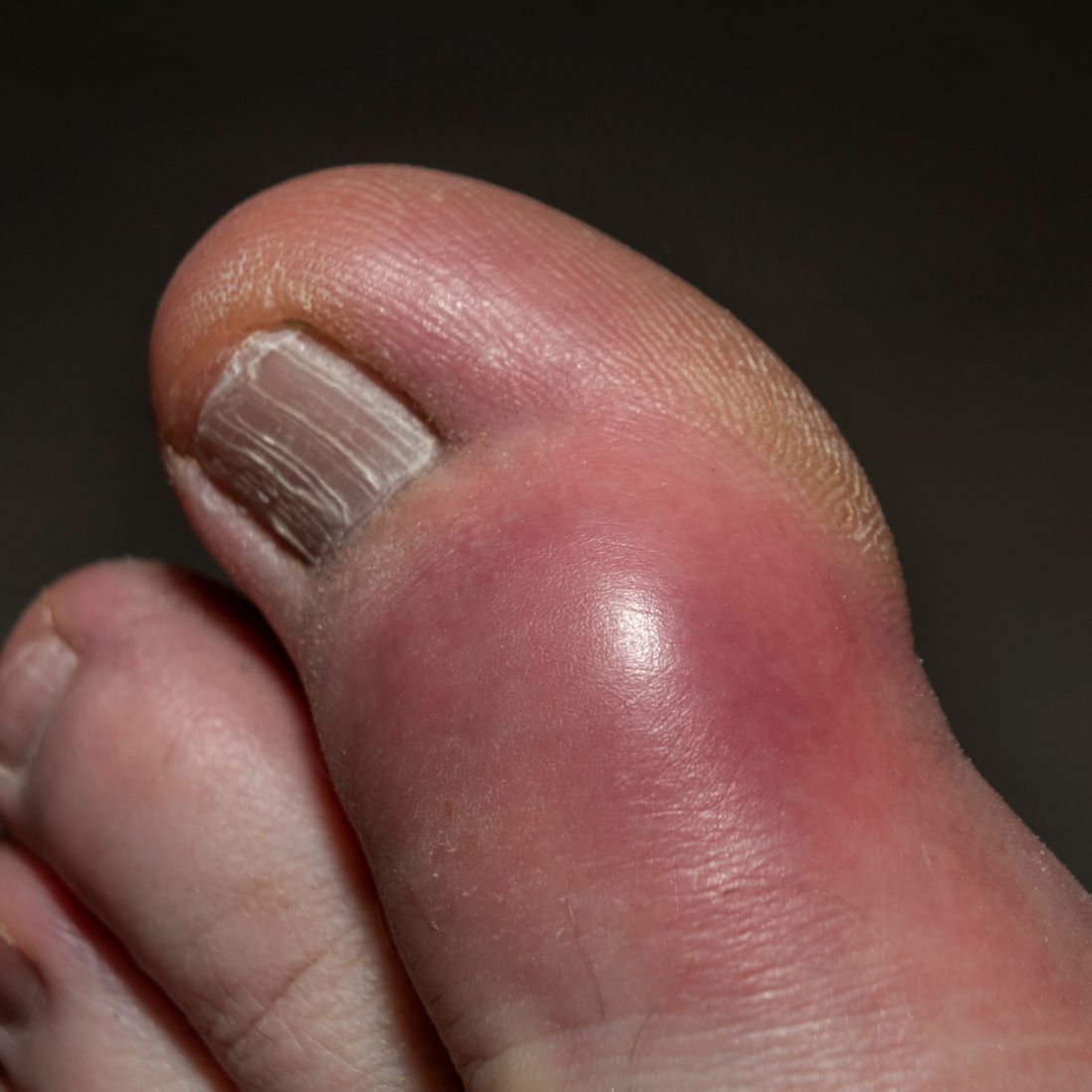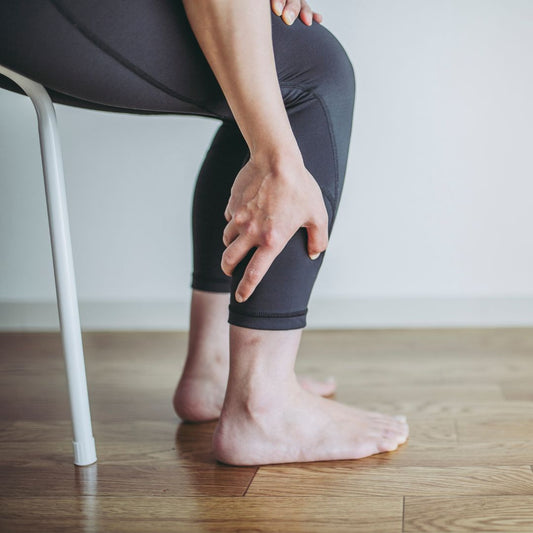By Dr. Peter Klapper Ph.D.
Gout is a form of arthritis described by sudden, severe pain, redness, and swelling in the joints. It's caused by an accumulation of uric acid crystals in the joints, leading to inflammation and intense discomfort. Understanding the symptoms of gout can help in early diagnosis and management, preventing potential complications. Here are five key symptoms of gout to watch out for:
1. Intense Joint Pain
The hallmark of gout is sudden and severe joint pain, often starting in the big toe. This pain can also occur in other joints, such as the ankles, knees, elbows, wrists, and fingers. The pain usually starts suddenly, often waking you up in the middle of the night. It's described as excruciating and can last for a few hours to several days. The intensity of the pain can make even the lightest touch unbearable.
2. Swelling and Redness
Another common symptom of gout is swelling around the affected joint. The joint may become visibly enlarged, tender, and warm to the touch. This swelling is often accompanied by redness of the skin around the joint. The combination of redness and swelling is due to the body's inflammatory response to the uric acid crystals in the joint. In some cases, the skin may also appear shiny and stretched.
3. Lingering Discomfort
After the most severe pain subsides, some joint discomfort may linger. This lingering discomfort can last from a few days to a few weeks. Over time, gout attacks can become more frequent, and the pain may last longer, affecting more joints. This phase is critical for individuals to seek medical advice and begin appropriate treatment to prevent future attacks and long-term joint damage.
4. Limited Range of Motion
As gout progresses, it can lead to reduced mobility in the affected joint. The swelling and pain can make it difficult to move the joint naturally. Over time, if gout is not managed properly, it can cause permanent damage to the joint, leading to chronic pain and stiffness. This limitation in movement can significantly impact daily activities, making it challenging to walk, climb stairs, or perform other routine tasks.
5. Formation of Tophi
Tophi are deposits of uric acid crystals accumulated in the joints under the skin due to hyperuricemia which is associated with chronic gout. They develop on the fingers, hands, feet, and elbows. While usually painless, Tophi, during a gout attack, they can become swollen and tender. Over time, if untreated, these lumps can cause significant joint damage and deformity.
Managing Your Gout Symptoms
If you recognize any of these symptoms, it's crucial to consult a healthcare professional for proper diagnosis and treatment. Gout is a manageable condition, but early intervention is key to preventing more severe complications. Management strategies may include medications to reduce pain and inflammation, lifestyle changes to lower uric acid levels, and dietary modifications to avoid foods that can trigger gout attacks.
Understanding the symptoms of gout can help in early diagnosis and effective management, improving the quality of life for those affected. Early treatment can prevent future flare-ups and potential joint damage, allowing for a more comfortable and active life.
By staying informed and proactive, you can manage gout effectively and minimize its impact on your life.




